Cold Hoops Mid Winter Update - More Insights from The Poly Low Tunnel Experiment
Now that the weather has dropped significantly and then warmed up I went out to check on the cold hoop crops and see how they were affected. For background info you can read my previous post on the cold hoop experiment here.
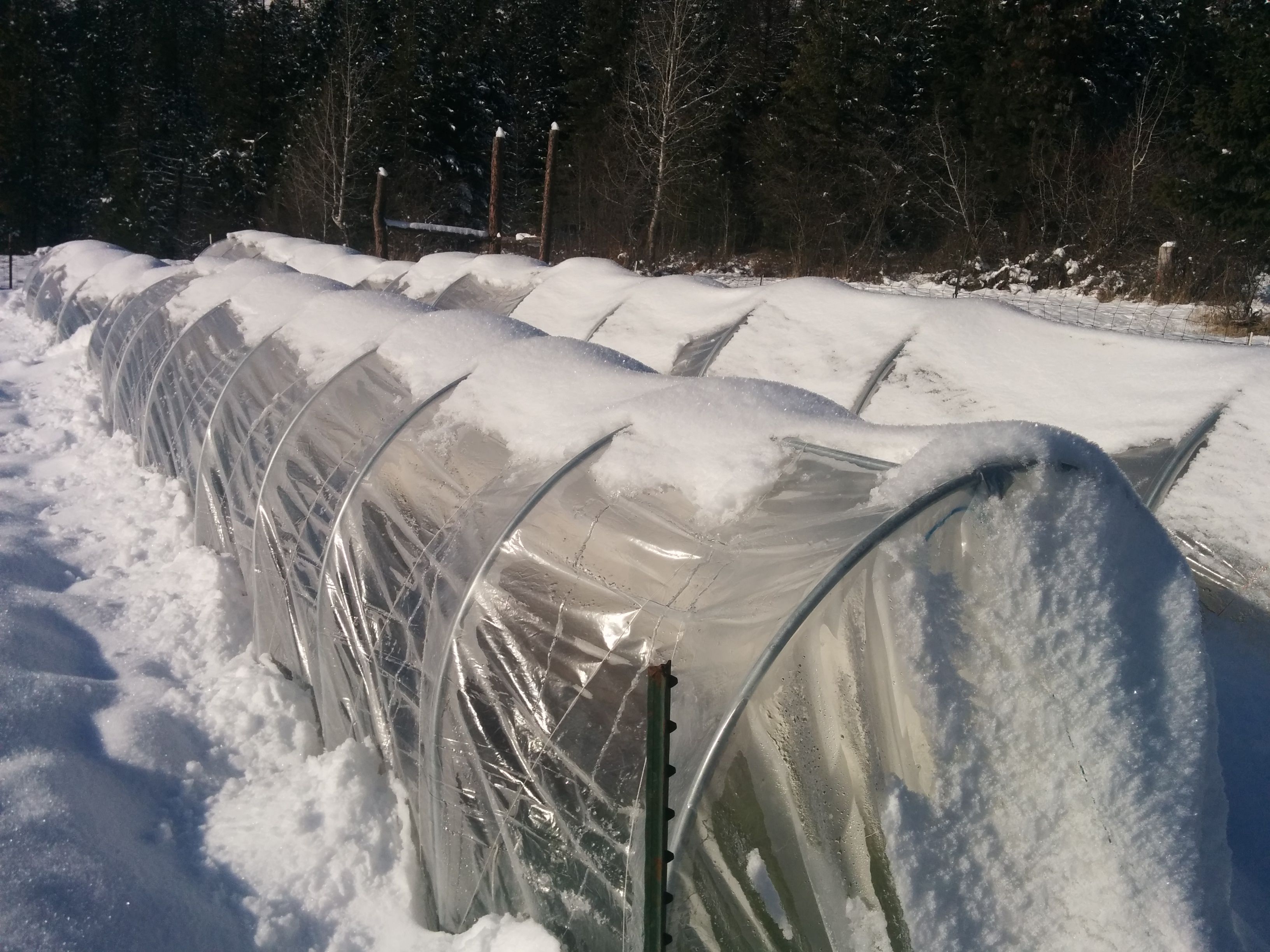
It finally got down to -5 F or thereabouts a couple nights in a row, then it got back up in the teens and twenties and hung around there. Now we've been back to 20s lows and above freezing in the day for a few days.
I figured the colder weather and the freeze/thaw action could have an effect on our winter crops. First of all let me show you what things looked like just before that cold snap when the lows were generally in the low teens.
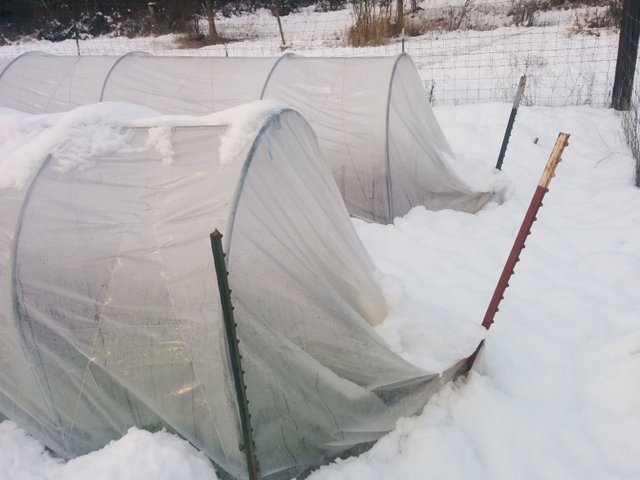
The hoops have been holding up quite nicely.
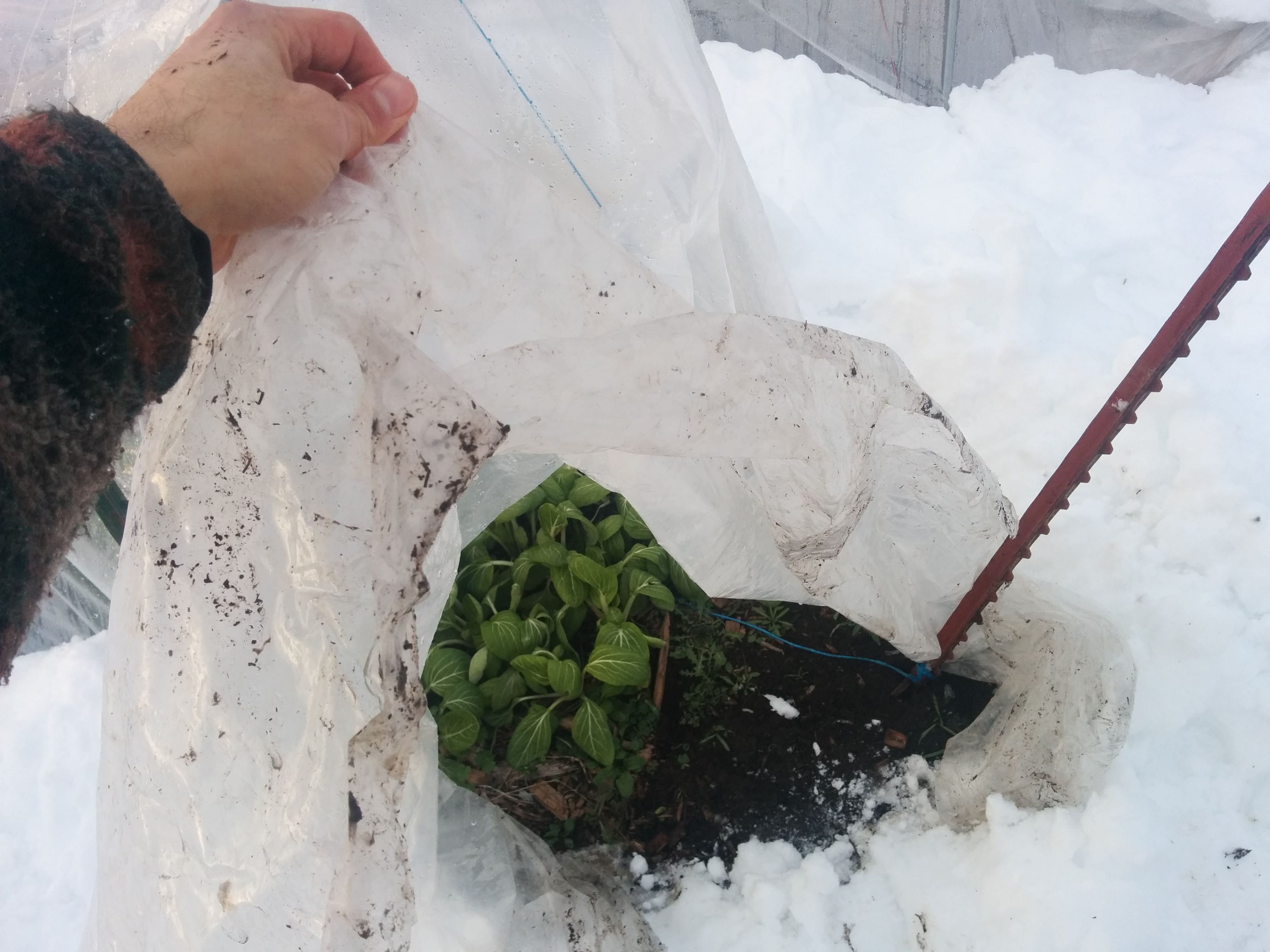
Peeking inside I can see the bok choy is doing well since my last thinning. It is a little light in color and showing the slightest sign of limpness, possibly due to the weather cooling down more lately.
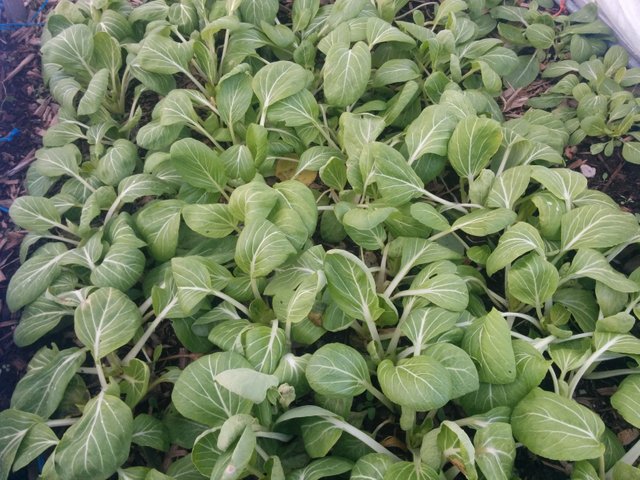
Carrots look solid and look there's a worm!! By the way the ground is still not frozen in here while it has been frozen everywhere else outside the hoops for weeks!
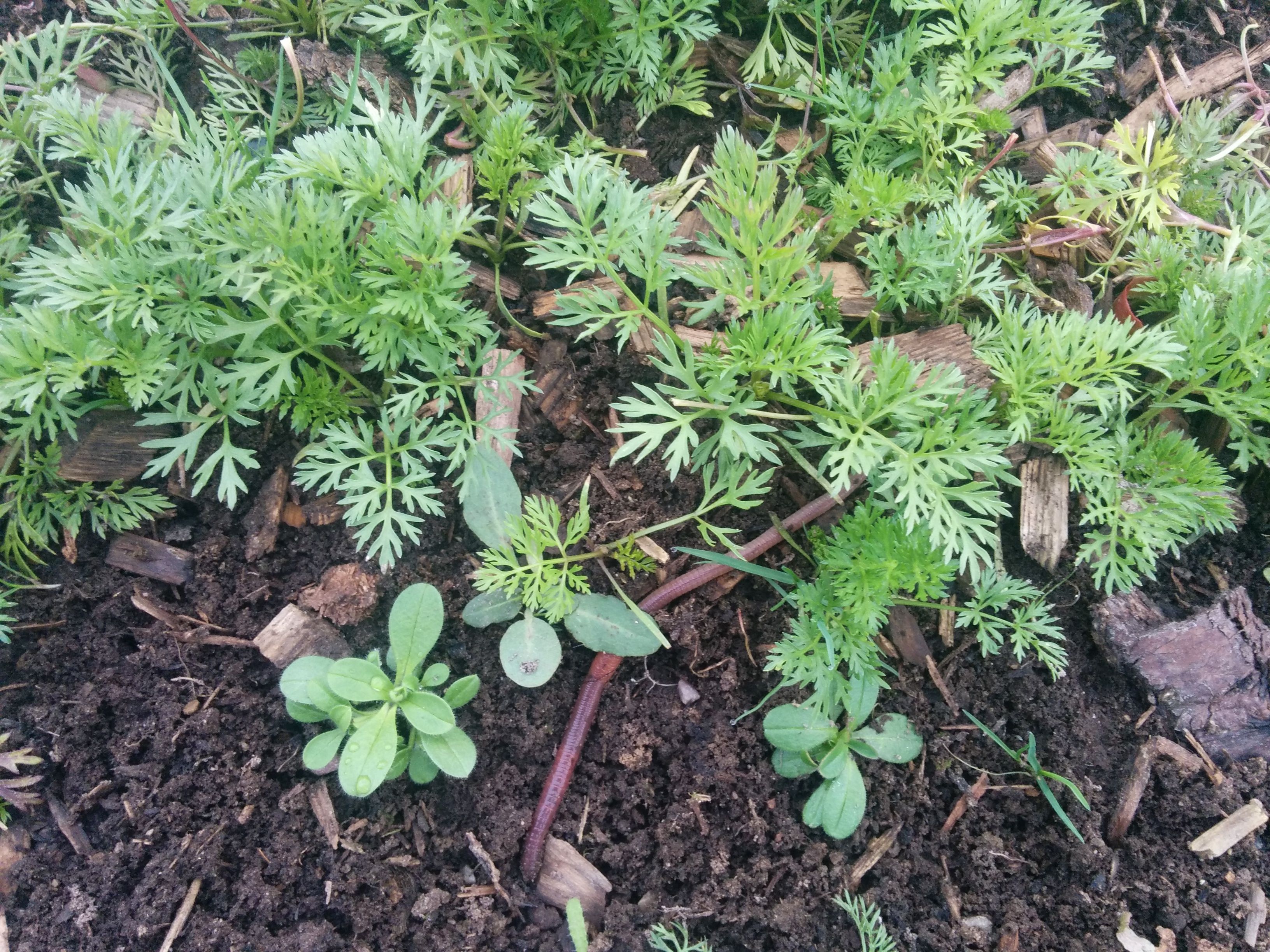
Spinach looks fantastic! And it tastes so buttery and sweet.. I've never had spinach so good as in this cold weather.
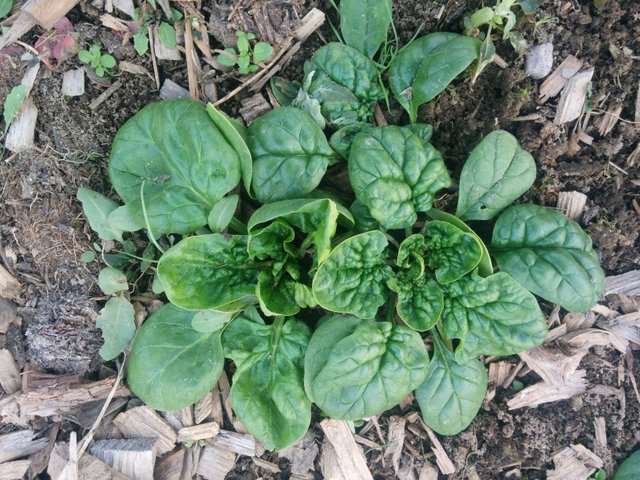
Likewise the cilantro is looking great! I didn't know before this fall that cilantro actually thrives in cold weather! I always thought it was a warm weather plant and had trouble keeping it from bolting (not that that's a problem because I like coriander seeds). Turns out it thrives in cold weather, and the flavor during the winter is so different... it's very sweet and mild!
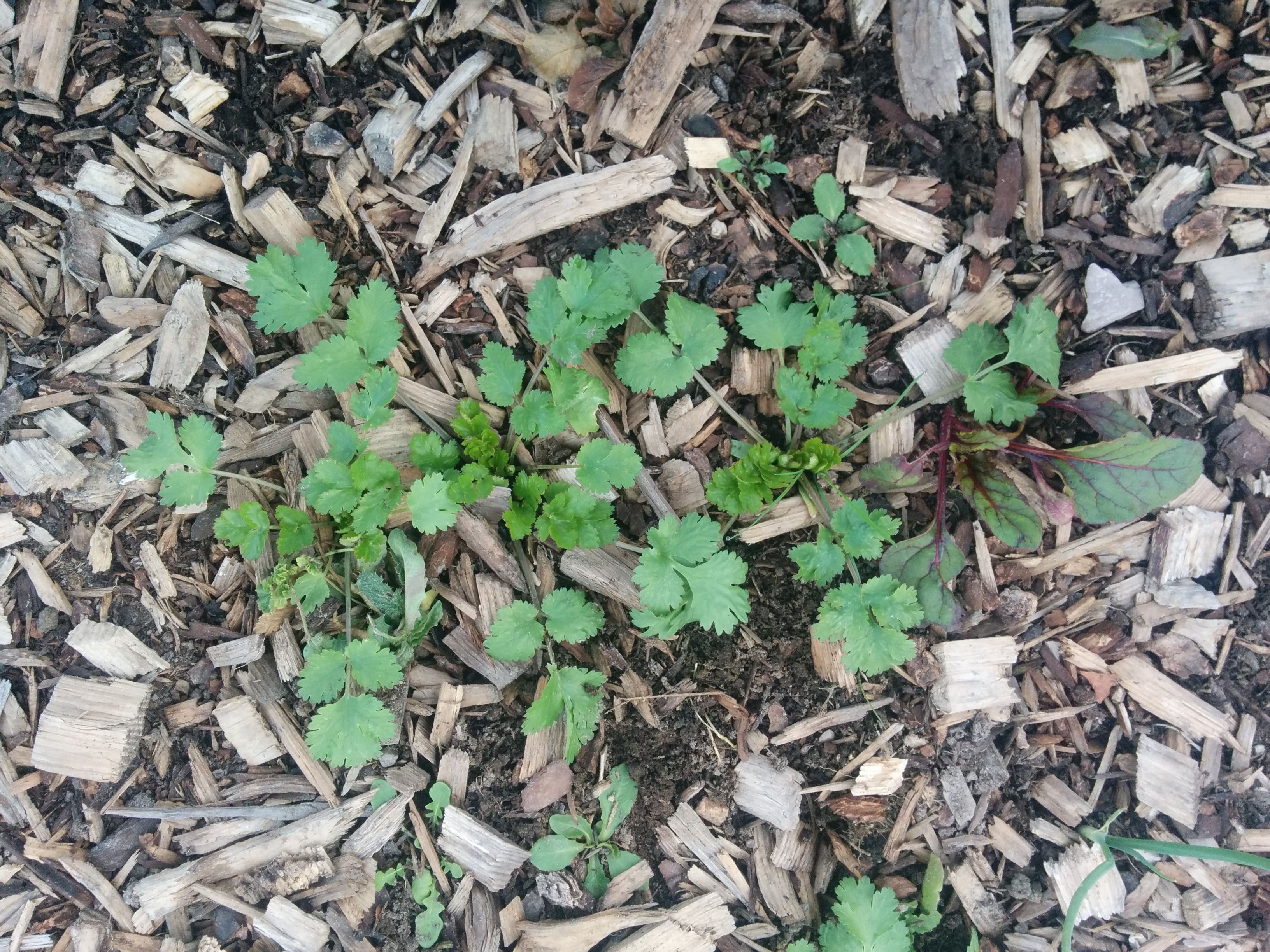
And the onions are very hardy and tasty.
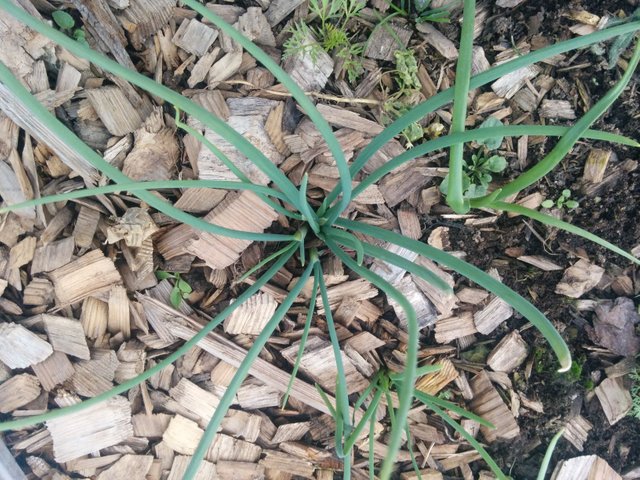
Now onto the more recent update.
Now the following is after the more extreme lows down to -5F and then back up into the mid-high thirties for some of the warmer days.
The hoops look great!
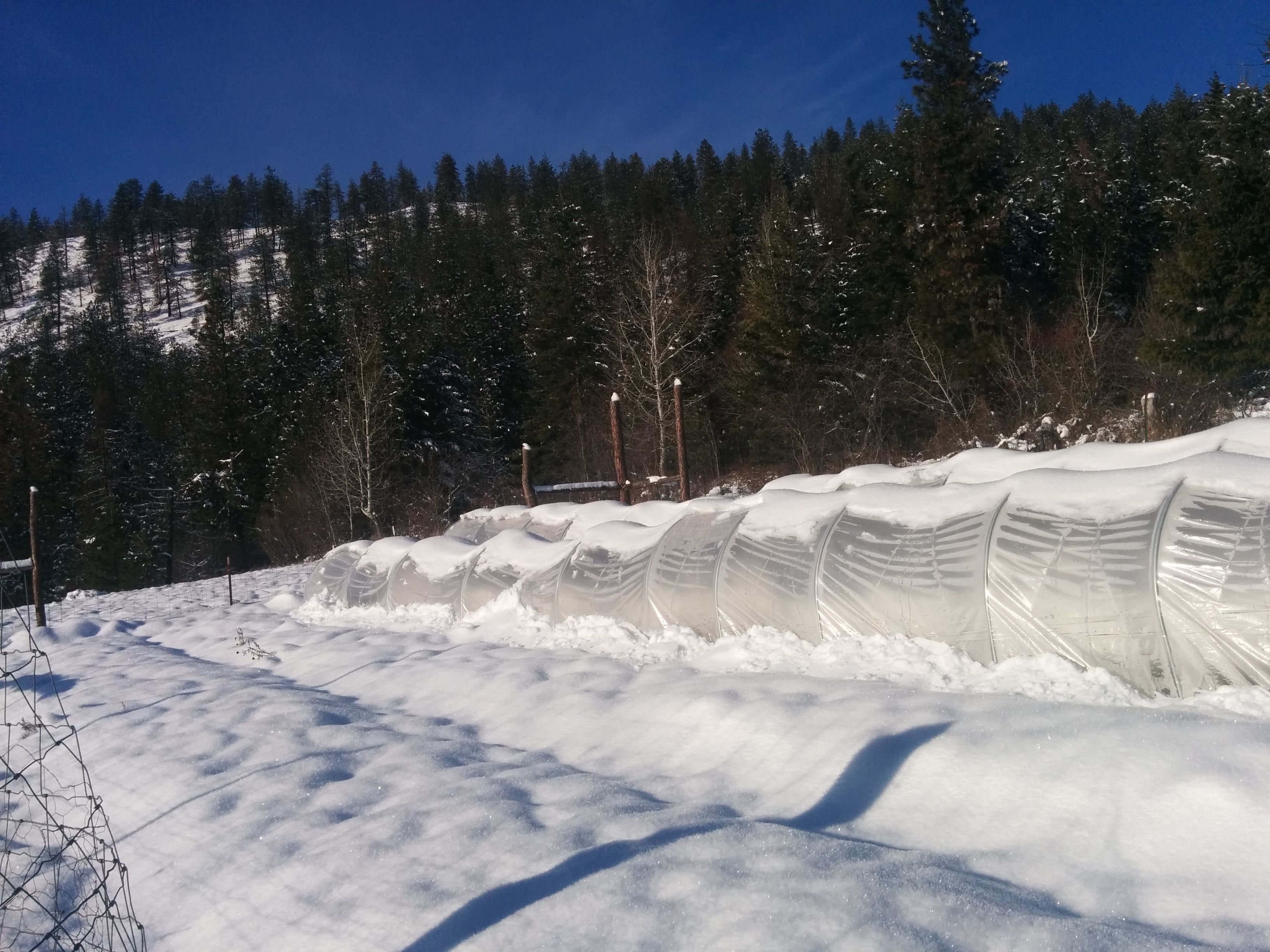
The snow is building up on the sides which should be helping insulate the inside temperature and prevent cold air flow from coming in. The hoops seem to be holding up well to this amount of snow, but I am shaking it off to allow in more sunlight and to prepare them for more snowfall that we are expecting.
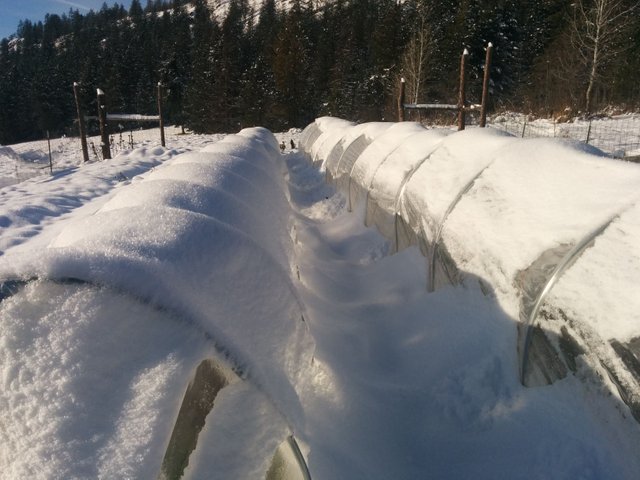
There are a few hoops that are spaced farther apart and are sagging slightly more from the snow but, in general it's in great shape. It seems 3-4 feet is a good max spacing of the hoops for this size tunnel if you expect a lot of snow.
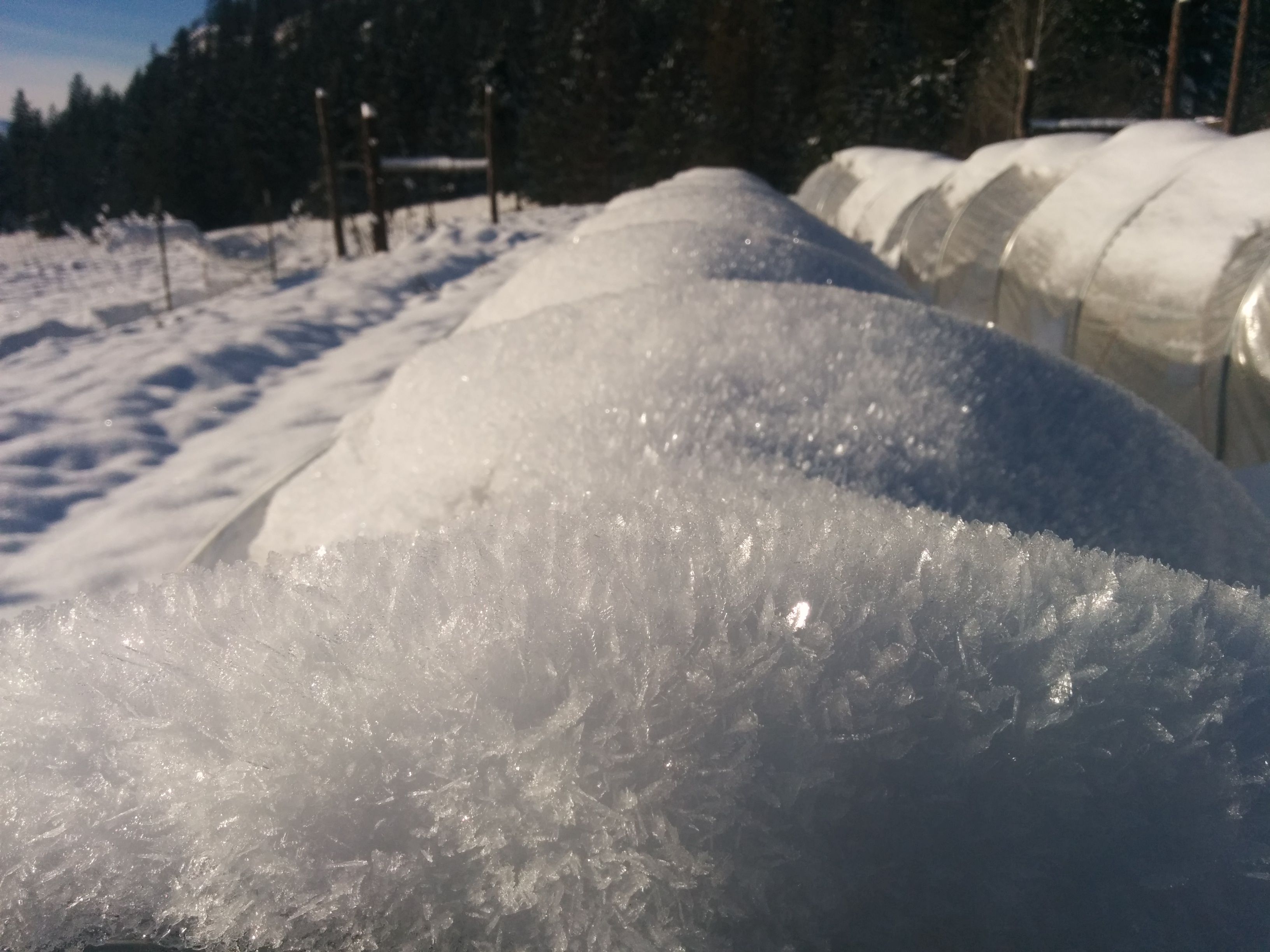
Wow look at those ice crystals!
So inside the hoops the bad news is that the bok choy is pretty wilted. The good news is that I have a pretty good gauge of how far I can take them into the winter without extra protection like deep mulch or an inner hoop or cold frame.
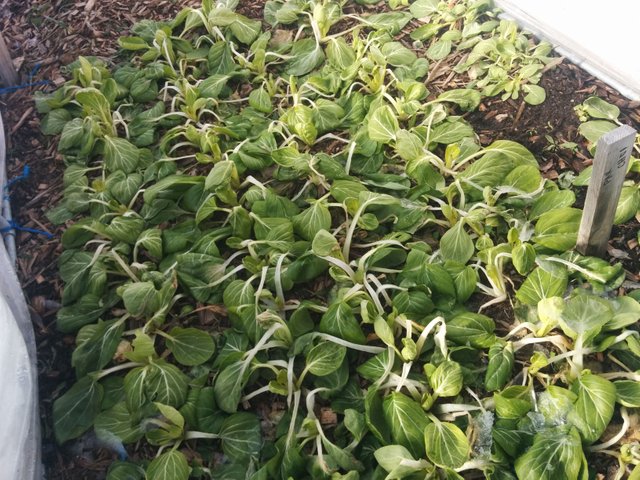
The other good news is that while most of the leaves are wilted from extreme cold and then thaw, some of the smaller inner leaves still look perky and more or less undamaged. So this gives me a clue that the plants may still be alive and if that is the case and they continue surviving... come spring their established root systems would help them generate new leaves rapidly and we would have bok choy much much earlier than if we started them indoors and transplanted.
Right now I'm giving them about a 50/50 for survival.. we'll see!
The spinach on the other hand looks to be doing much better. Some of the bigger outer leaves look a little limp and probably have some frost damage, but not nearly as bad as the bok choy. Most of the leaves look happy, healthy and they are quite crisp and dark green. It's looking like they are surviving quite well!
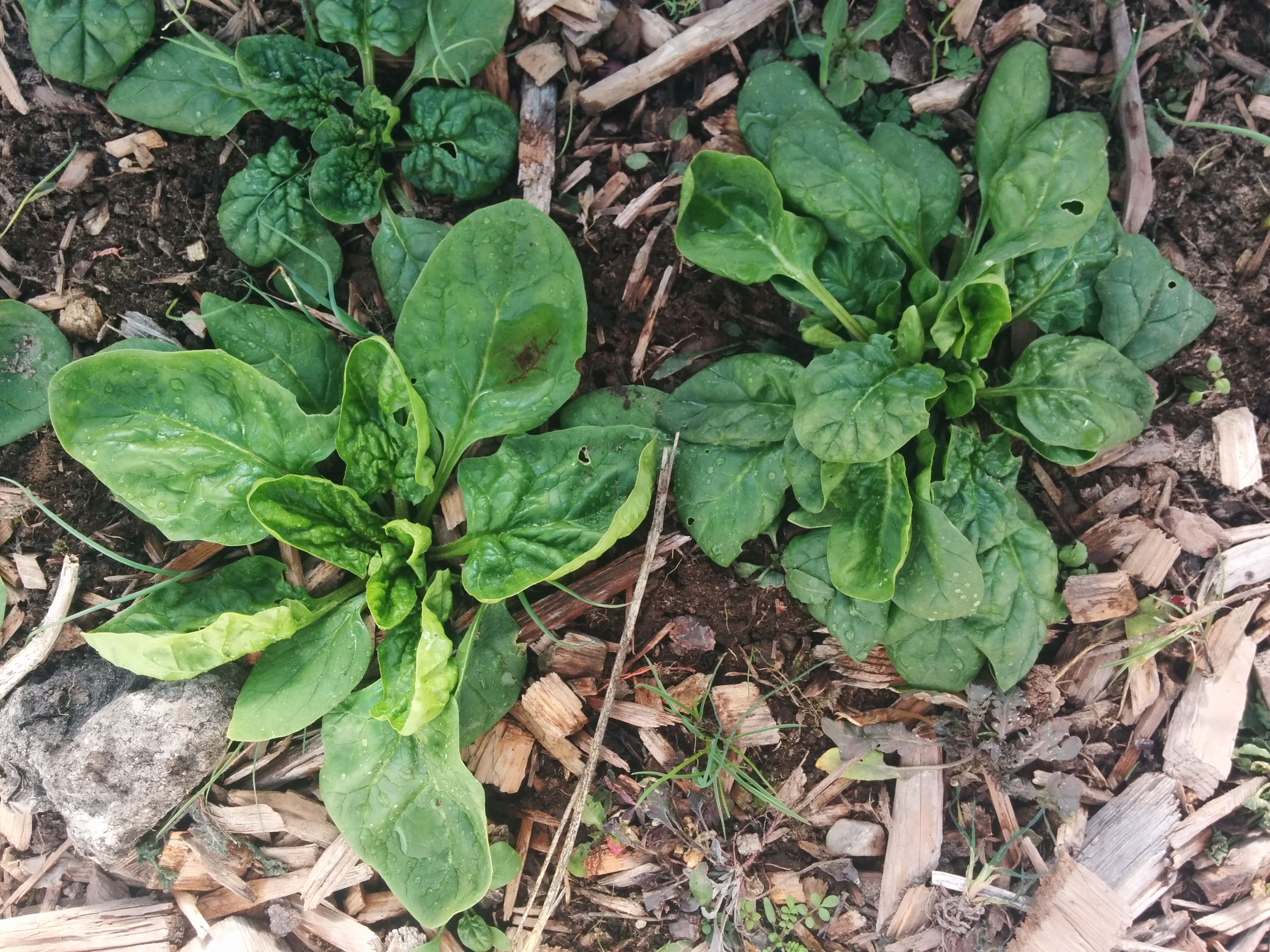
The carrots, cilantro, beets and onions all look perky and unscathed by the cold so far! I think we're going to see some vigorous growth coming out of these plants early spring.
The biggest takeaways for me so far are
- How far I can take these plants into the winter
- Which plants can handle lower lows
- The ground still isn't frozen inside the hoops!
- How about that worm huh?
- Walking down these low tunnels requires a lot of squatting and some cold water running down my neck :)
Xe xe, interesting to read that stuff you are doing your garden! Thanks for sharing!
You bet :)
Thank you for braving cold water to take these photos and share with us ;-) It's nice your Spinach tastes so buttery and sweet in the cold weather. Most annual leafy greens have bitter flavor when it gets too hot here in the summer so instead, I grow perennial vegetables which grow year-round here.
Haha no problem. Yep I hear you about the bitter! In southern california I worked for a farm that was inspired to grow lettuce all year round and we did so many crazy things to try to get them to not be bitter. I tried to convince them to grow things like chard or other greens instead... go figure. Anyway I kind of enjoy bitter lettuce if there's other things in the salad too ;)
I heard that, just like most wild and indigenous edible plants, bitter flavor means more nutrients. Asian people eat bitter melons for its medicinal effects.
Yep that's what I've read too. But bitter is definitely an acquired taste for most of us. Luckily we can use culinary arts to make things like dandelion, dock leaves, lettuce, etc less bitter by combining other ingredients such as fats, spices, other veggies, etc to dilute, mask or otherwise spoil our delicate palates :P
Haha ... I like it. That's why cooking is a combination of both science and art. By the way, it can be a true enjoyment for family and friends to cook and eat together. :-)
Totally! Good times & good food :)
Not sure of the Egnlish word for it, but there's this thin permeable fabric that's been used in agriculture as a cold weather "blanket" for crops. In Europe is know by one of it's brand names - Agrivelo. If you can stretch a length of that inside the tunnels, it would help.
Also, it's a breathable fabric, so water won't accumulate on the underside of it and then freeze, which is far more problematic for plants than the temperature itself. For example, a lettuce would survive -5C, but it's leaves would die if there's a light moist freeze at 1C.
Yep in American English the popular brand name is Agribon, of course there are others. I just learned from Eliot Coleman in researching for my latest cold frame post that the material is called spun-bonded row cover fabric (what a mouth full).
I did use some of this material over the peppers underneath the hoop cover to keep them longer into the fall. It did help a lot and with a few warm days that popped out from the colder days we got some extra pepper growth and ripening, which wouldn't have been as pronounced without the fabric. Awesome!
But I chose not to use it in these tunnels for the new winter crops to keep things simple and because I wanted to see what would happen with just the plastic alone.
I've used agribon in urban agriculture quite extensively in hot weather (in Zones 9-10) and it also helps a lot there as well, to keep the temperature cooler in the summer months. It wasn't immediately intuitive to me but it works well in both extremes of hot and cold! Whereas with the plastic cover you'd bake your veggies in the summer if you kept it sealed.
Did not know about the use in hot weather, thanks! Agreed on keeping it simple! We use a bit of the product only while germinating seed sawn directly in the ground in a cold tunnel. It speeds it up with 7-10 days in late March around here, using tomatoe and peppers seeds.
Nice! That's a great benefit to get your plants started faster.
I hate spunbond for its texture but without it our tomatoes would die from summer periodical frost
hopefully your plant can be saved
I think its possible. Either way I got lots of greens already and learned a lot :)
so glad you shared this tunnel with us. I knew all along that some plants thrived better during the winter time, but never really tried it before. I believe I may try it this next winter....I am not a winter girl, although I was born in December, you would think I would be., but I am a gardener, so I guess I will brave it. Maybe you could use two hoops like a cross, so you might have more space to work inside? the best to all those baby and maturing plants and thanks again for giving me hope for my own winter gardening. upvoting you too.
Thanks @buddy67 :) I am from a warmer climate so this whole winter growing deal is all new to me. But the payoff is worth it - only if you believe it is. I know for a fact that you can get much of the food you need without any hoops, greenhouse etc. and just going with what nature gives you in terms of frost dates and sunshine.
But what I would really like on my future homestead is a greenhouse ... or two
:P But at least one simple one. So these hoops have really helped give me insights into that.
To answer your question you could make a hoop tunnel in any size you want. They could be smaller than the one I presented above, or bigger up to a greenhouse size (high tunnel). You could make one big enough that you could walk under it, maybe 6-8 feet tall for example and spanning two veggie beds with a walkway down the middle. That would be a good middle ground between a greenhouse "high tunnel" and a "lower" low tunnel like the one above and might suit your needs. Something like this "portable" greenhouse: https://www.motherearthnews.com/organic-gardening/garden-tools/mini-greenhouse-zm0z13fmzkin
If you google around low tunnel and high tunnel you can find other examples.
thats very good for plants good luck with your project and thanks for your time
Thank you @ayoub4am!
I follow these posts of yours CLOSELY... I am a still deciding on the cold frame versus hoop houses and your trials and tribulations, good versus bad; are really helping me.
Hey @goldendawne I thought of you when I saw this awesome coldframe post! https://steemit.com/homesteading/@cardoprimo/coldframes-for-abundance
Hey @goldendawne! I'm glad this post was helpful - thanks for letting me know :) You TOTALLY inspired me to make another post! Maybe this will provide another angle of consideration that other bloggers of cold frames haven't.
https://steemit.com/homesteading/@sagescrub/a-simple-cheap-cold-frame-for-growing-veggies-in-cold-weather-and-season-extension
Thanks!!! I have a few months to make my final decision with which way to go; and I feel having more information is better than not enough!
I'm looking forward to seeing what you come up with and why :)
thank you!!!! I am checking it out!!
:)
Rather amazing, considering the conditions they are going through. Quite the operation. Thank you for sharing.
Brent
Thanks for your nice words @beamer! Mother nature is amazing whether or not we are using our "hacks" for our gains.
Thank you! It looks like you have even harsher winters than I do here in west-central Idaho! We are going to be trying for greens all winter next year, I will be borrowing lessons from your learning curve lol! (Following you, for sure!)
Wow! I am shocked to hear that. I am just on the other side of the mountains from sandpoint. I'm pretty sure NW idaho has harsher climates being more inland from the coast. But sandpoint would have some thermal mass in the lake ponderay so I'm not sure how much that offsets the climate for the region... Perhaps being more south your zone is warmer :)
Learning a lot from your posts. Glad to be a follower.
Thank you for saying that @phedizzle. I am truly honored!